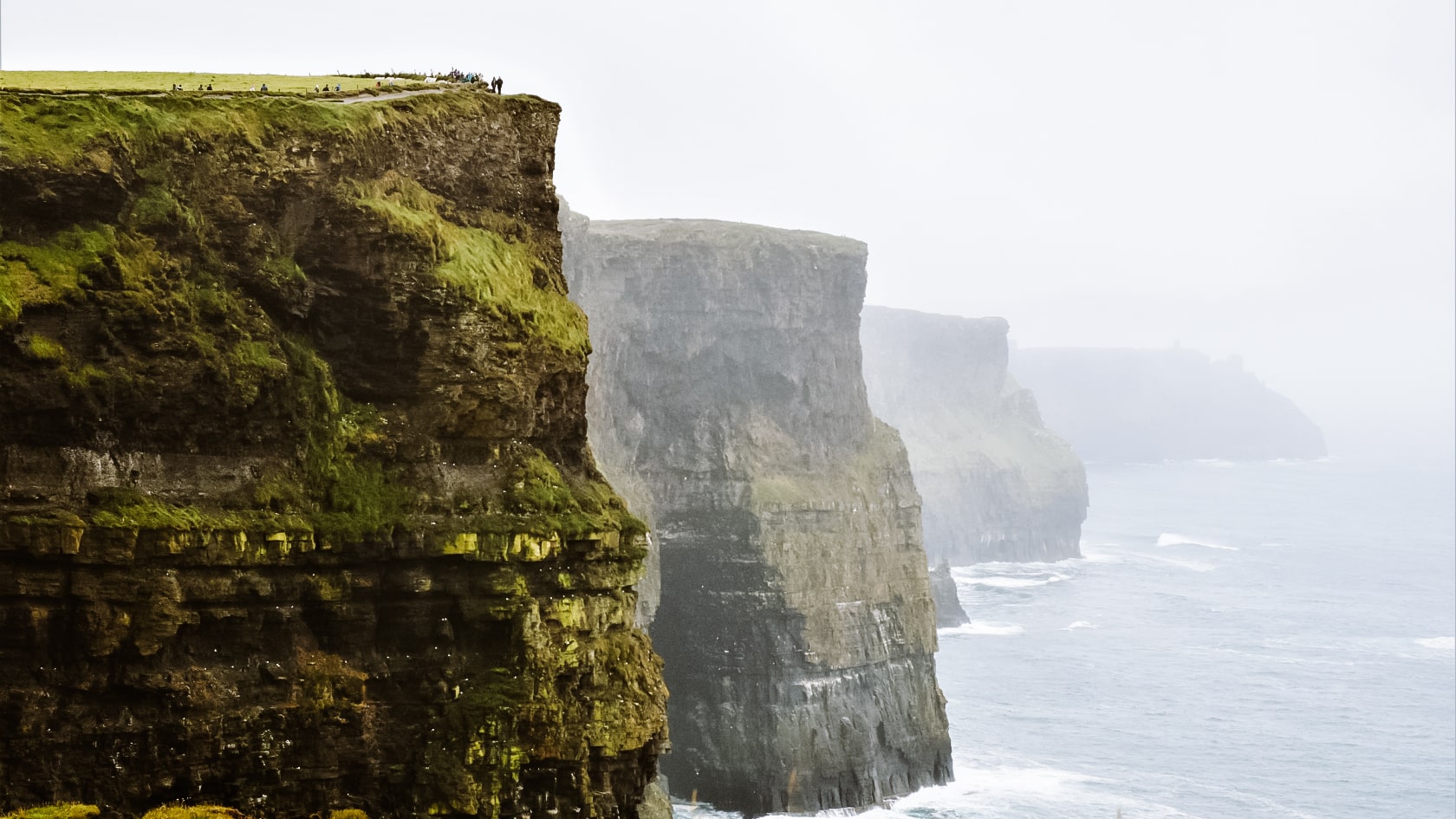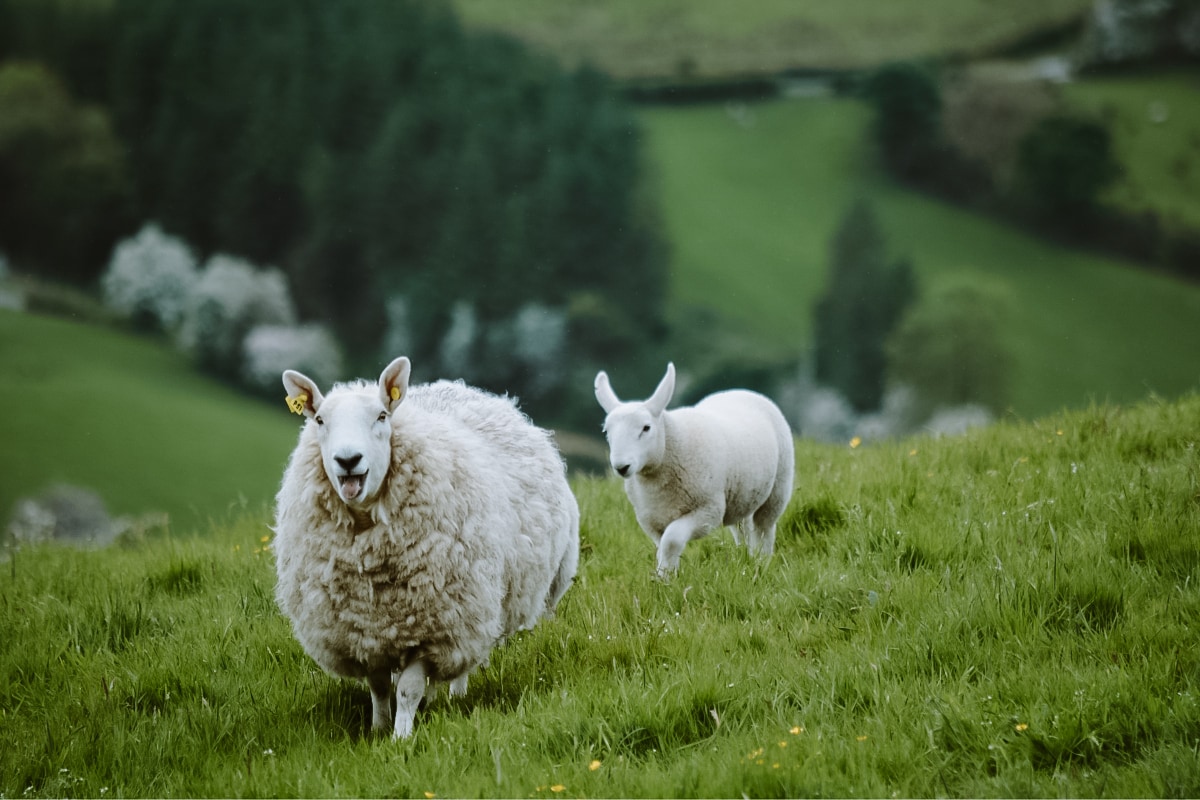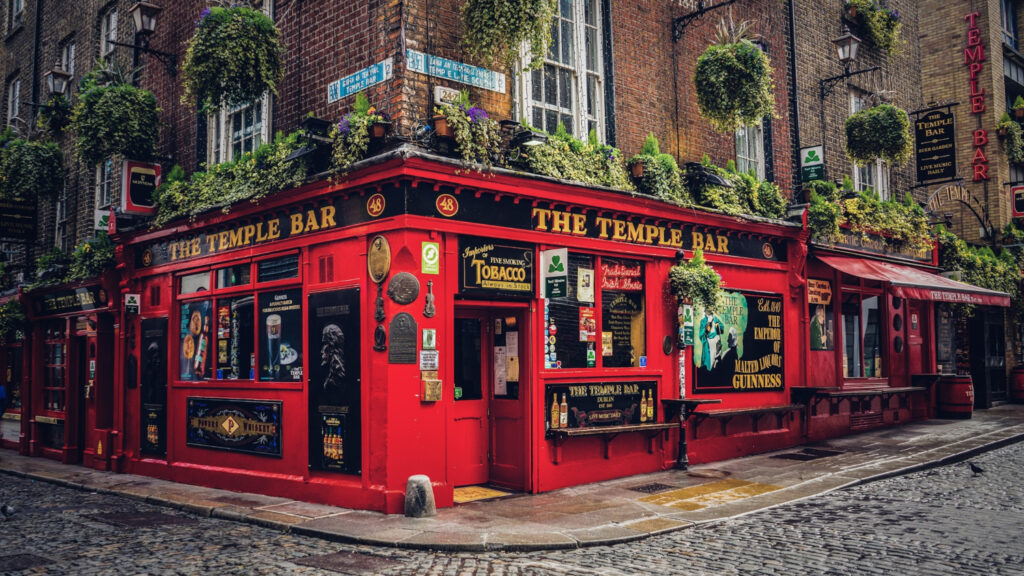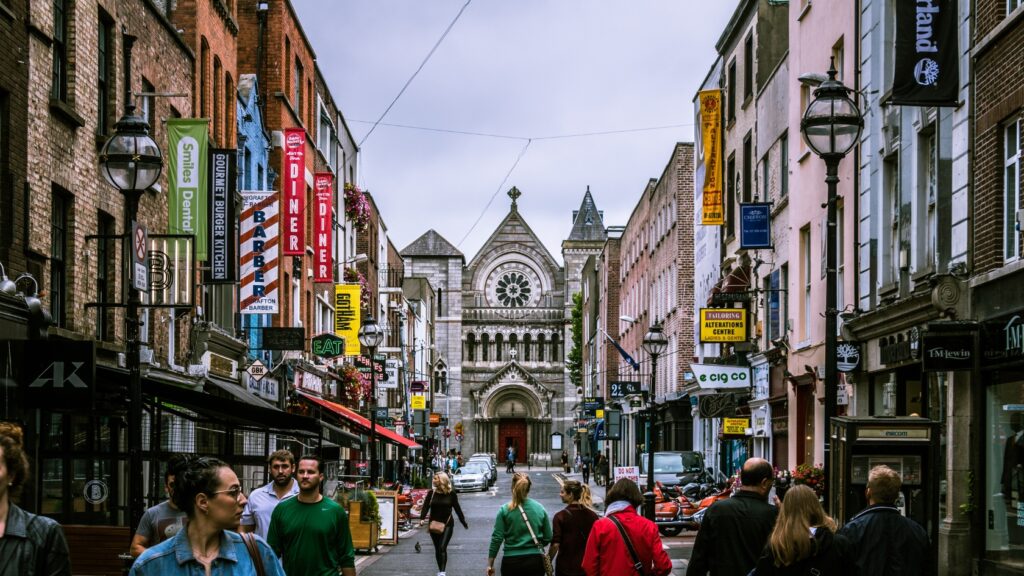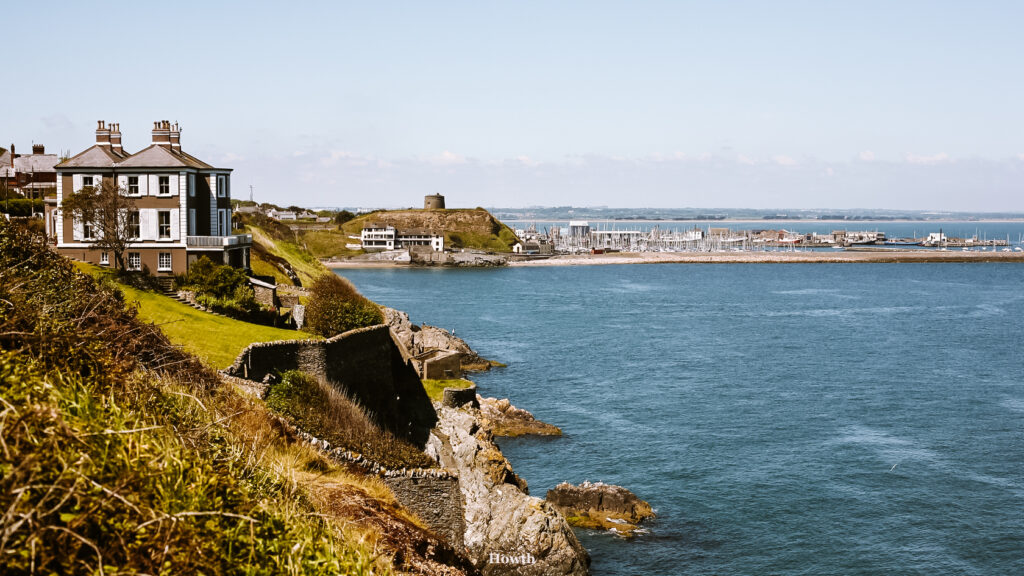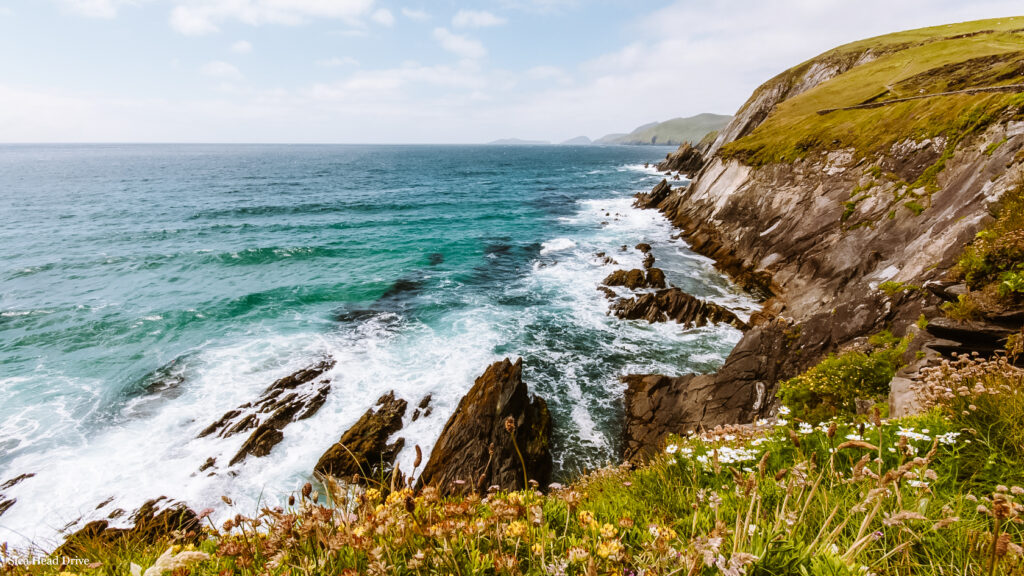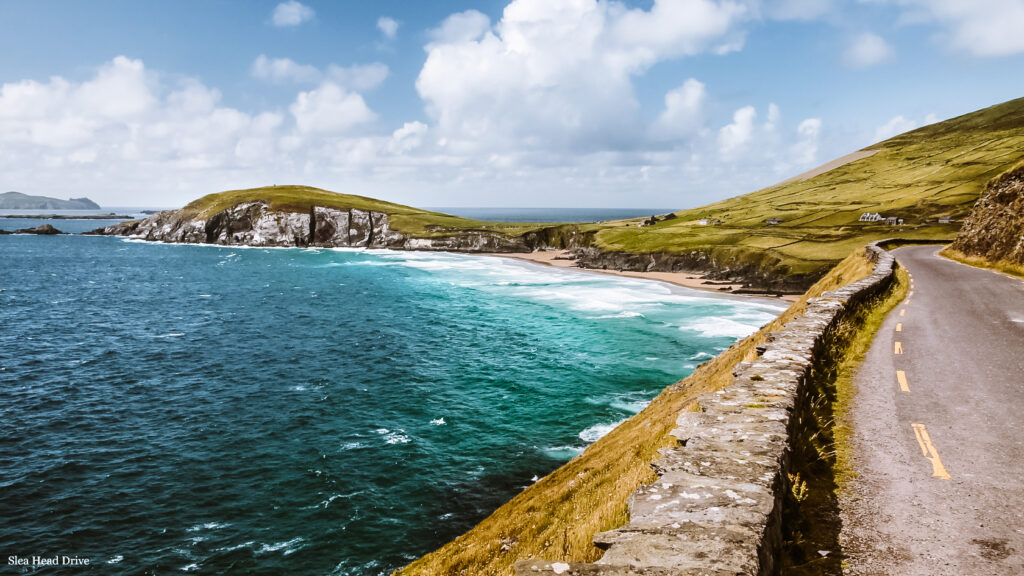TRAVEL GUIDE FOR IRELAND
Discover Ireland, a land of unique natural phenomena and archaeological sites that remember a history longer than the Egyptian pyramids. From the majestic Cliffs of Moher to the traditional pubs of Dublin.
THE BEST PLACES IN IRELAND
20 Things to do in Dublin (2024): Best places to visit (+ map)
Dublin will delight you with its long history, interesting museums, traditional pubs and…
DUBLIN TRANSPORT: Everything you need to know
Dublin is one of my favourite places in Europe. With its long history,…
11 Best Day Trips from Dublin (+ how to get there)
Ireland is known for its lush countryside, picturesque towns, archaeological sites and medieval…
25 Things to do in Ireland (+ map): Best places to visit
Ireland is a land of unique natural phenomena and archaeological sites that remember…
How to rent and drive a car in Ireland in 2024 (tips and experiences)
Panoramic roads past wild cliffs and mountain passes across unspoilt countryside encourage you…
USEFUL INFORMATION
When to visit Ireland
Ireland is a great destination all year round. Here is an overview of what you can expect in each period:
Spring (March to May): In spring, nature awakens to life and the whole landscape blooms with green. Temperatures are mild, making it ideal for hiking and exploring ancient castles and historical sites. Spring is also great for birdwatching and visiting national parks such as Killarney and Connemara.
Summer (June to August): The Irish summer can be variable, but you will usually enjoy warm and pleasant days with temperatures around 15°C to 20°C. The summer is perfect for visiting Irish beaches, hiking coastal trails such as the Wild Atlantic Way and taking part in the many cultural festivals that take place across the country.
Autumn (September to November): Autumn is ideal for hiking, exploring historic towns and visiting natural areas such as the Cliffs of Moher or Glendalough. Autumn is also a great time for food lovers, with many gastronomic festivals and opportunities to sample seasonal produce.
Winter (December to February): The winter months in Ireland can be cold and wet, but they can also be magical during the Christmas holidays. Winter is ideal for visiting cities like Dublin, where you can enjoy visiting museums and galleries without the crowds.
Transport in Ireland
Public transport
Getting around Ireland is convenient and efficient thanks to a well-organised and extensive transport system, including trains and buses.
Train transport plays an important role in Ireland. Irish Rail – Iarnród Éireann – operates trains that link major cities and regions, including Dublin, Cork, Limerick, Galway and Waterford. The train network also offers scenic routes through the Irish countryside or along the coast.
Buses serve areas not covered by the train network. Bus companies such as Bus Éireann and several private operators operate an extensive network of routes linking towns, rural areas and tourist destinations including the Cliffs of Moher, Ring of Kerry and Giant’s Causeway.
The buses are comfortable, mostly equipped with WiFi and air conditioning, and offer an affordable way to travel around Ireland.
For information on connections and tickets, visit the websites of the transport companies, such as the official Iarnród Éireann website for train services and the Bus Éireann website for bus services, where you can easily plan your journey and buy tickets online.
By car in Ireland
The road network in Ireland is well developed and provides good connections between major cities, tourist destinations and remote areas.
Motorways in Ireland are partially tolled. Motorway tolls vary depending on the section and type of vehicle. Motorway tolls are paid either at the toll booth or through electronic systems such as eFlow for the M50 around Dublin. Information on fees and payment options can be found on the official websites of the motorway operators or on eFlow.
The maximum speed limit on motorways in Ireland is 120 km/h, 100 km/h on national roads and 50 km/h in populated areas, unless otherwise stated.
Parking in Ireland is generally well signposted, with ample on-street and parking in car parks. In larger cities and at major tourist attractions, parking is often charged. In cities like Dublin, using Park and Ride (P+R) car parks is a popular and cost-effective alternative for those who want to explore the city without the hassle of parking in the city centre.
Culture and tradition in Ireland
Culture
Ireland is a country with a rich and diverse cultural history, proud of its literary greats, traditional music and art. Irish literature is of global significance, as evidenced by the works of authors such as James Joyce, W.B. Yeats, Samuel Beckett and Seamus Heaney, who have contributed not only to the Irish literary scene but also to the world literary scene. Bloomsday in Dublin, a literary festival celebrating the works of James Joyce, is still held today.
Music and dance play a vital role in Irish culture. Traditional Irish music, with its signature instruments such as the fiddle, Irish flute, tin whistle and bodhran, is still alive and well throughout the country. Pubs across Ireland often host live music performances and festivals bring together musicians from all over the world
Traditions and festivals
One of the most famous Irish traditions is St. Patrick’s Day, which is celebrated annually on 17th March. Dedicated to the patron saint of Ireland, the day is world famous for music, dance performances and the ‘greening’ of towns and villages across the country.
Another important part is the traditional seasonal festivals, such as Samhain at the end of October, which preceded the modern Halloween. Samhain is an ancient Celtic festival marking the end of the harvest and the beginning of winter, and many of its rituals and traditions survive in today’s Halloween celebrations.
Irish traditions include a rich tradition of folk stories and legends, such as tales of leprechauns, banshees and other mythical creatures that play a significant role in Irish folklore. These stories have been handed down from generation to generation and are an important part of Ireland’s cultural heritage.
Typical dishes in Ireland
The cuisine in Ireland is rich and varied, influenced by the country’s geographical location and long history, combining influences from the Celtic tradition and the British Isles with modern European influences. Each region in the country offers its own unique specialities, from delicious seafood dishes to rich desserts.
Typical and popular dishes you can try in Ireland include:
- Irish Stew: A traditional Irish stew, usually made with lamb or beef, potatoes, carrots and onions, served with a thick gravy.
- Soda Bread: A simple but tasty Irish bread made using baking soda as a leavening agent instead of yeast
- Boxty: Traditional Irish potato pancakes that can be served sweet or savoury, especially popular in the north of the country.
- Fish and seafood: Thanks to its location by the sea, Ireland has a rich tradition of preparing fish and seafood, including oysters, salmon and cod.
- Baileys Irish Cream: A famous Irish liqueur that combines cream, whiskey and coffee, often served as a dessert or added to coffee.
- Irish Whiskey: This is one of Ireland’s most famous exports, with a rich history and a wide range of brands offering a variety of styles and flavours, from smooth and mellow to rich and complex.
- Guinness: This famous dark stout is probably Ireland’s most iconic beer, known for its distinctive taste and creamy head. Guinness has been made in Dublin since 18th century and is popular all over the world.
- Cider: Cider, an alcoholic beverage made from fermented apples, is also popular in Ireland. Irish cider is known for its variety of flavours, from sweet to very dry.
Irish cuisine emphasises the quality and freshness of ingredients, with an emphasis on local and traditional cooking. Irish drinks are often served with meals.
As for water, tap water is generally safe to drink in Ireland. Water quality can vary slightly from area to area, but overall, water in Ireland is closely monitored and meets all health standards for drinking water.
Tipping in restaurants in Ireland is not compulsory, but it is common to leave a tip of between 10-15% if you are satisfied with the service. In many cases, the tip is already included in the bill as a “service charge”, so it’s a good idea to look at the bill before leaving a tip.
☞ See all destinations.
